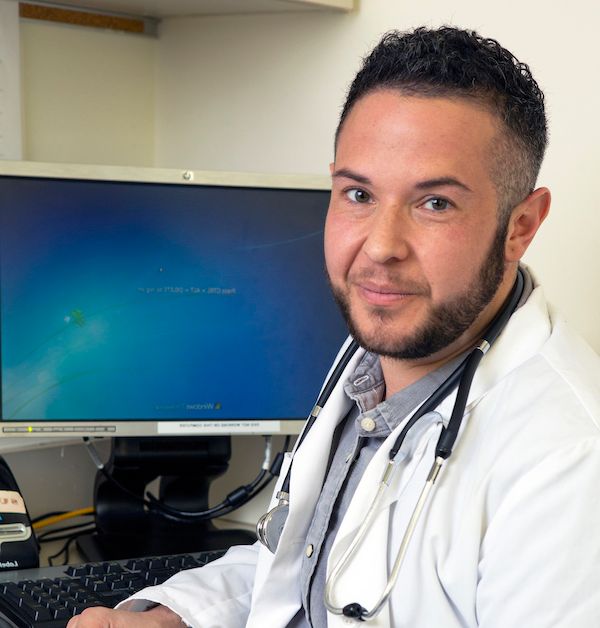Article
Facecards Help Patients Recognize Their Physicians
Author(s):
Hospitalized patients were significantly more likely to recognize their physician when they had received a facecard with the doctor’s name and photo.

The use of a physician facecard, with the name and a photo of a hospital patient’s attending physician significantly increased the likelihood of patients recognizing their physician.
Investigators at the Larner College of Medicine at the University of Vermont Medical Center, Burlington, Vermont, conducted a prospective study to assess the impact of providing hospitalized patients with a card identifying their attending physician.
The study, which was presented at the American College of Physicians (ACP) 2019 Internal Medicine Meeting in Philadelphia, PA, was authored by Kramer J. Wahlberg, MD, Shea Lambirth, MD, and Zechariah Gardner, MD.
“More often than not, hospitalized patients are not able to correctly identify members of their physician team,” wrote the investigators.
The study was conducted at the University of Vermont Medical Center from November 2017 to Aril 2018 and included 149 adult hospitalized patients and 18 internal medicine hospitalists. Patients were excluded if they had cognitive impairments, did not speak English, were prisoners or wards of the state, or if the attending deemed that study participation would be inappropriate or burdensome.
The hospitalists were randomized to use the physician facecards or to standard care. In the end, 80 patients were given physician facecards during their stay while 69 were part of the control group.
The facecards successfully improved physician recognition compared to the control group—63% of the intervention group (n = 50) were able to successfully identify their physician compared to 32% of the control group (n = 22; P <.01).
The investigators also observed data about patient whiteboard use, specifically, whether patients wrote their attending physician’s name on the whiteboard. Patients who had written the physician’s name were significantly more likely to correctly identify the physician compared to those who had not written the doctor’s name on the board (68% versus 32%, P <.01).
Looking at the facecards and whiteboard use jointly, investigators found that these factors may work in conjunction to help patients recognize their physician. The great majority—90%— of patients who used both the facecard and whiteboard recognized their physician (28/31) compared to 13% of those who used neither the facecard nor whiteboard (4/32). For mixed use, 45% of patients who used the facecard, but not the whiteboard recognized the physician (22/49) compared to 49% of patients who used the whiteboard, but not the facecard (18/37).
“When used together there may be an ‘additive’ benefit with using both physician facecards and whiteboards,” wrote the study authors.
Hospitalists participating in the study were surveyed prior to participation with questions about whether their patients typically recognize different members of the care team, and about their opinions on the use of facecards.
The majority of physicians responded that they believed facecards improve patient-physician communication. Additionally, a majority disagreed that using facecards adds significant time to patient encounters.
The poster, “Improving Patients’ Ability to Identify Their Physicians Through the Use of Physician Facecards and Whiteboards,” was presented at ACP 2019.





